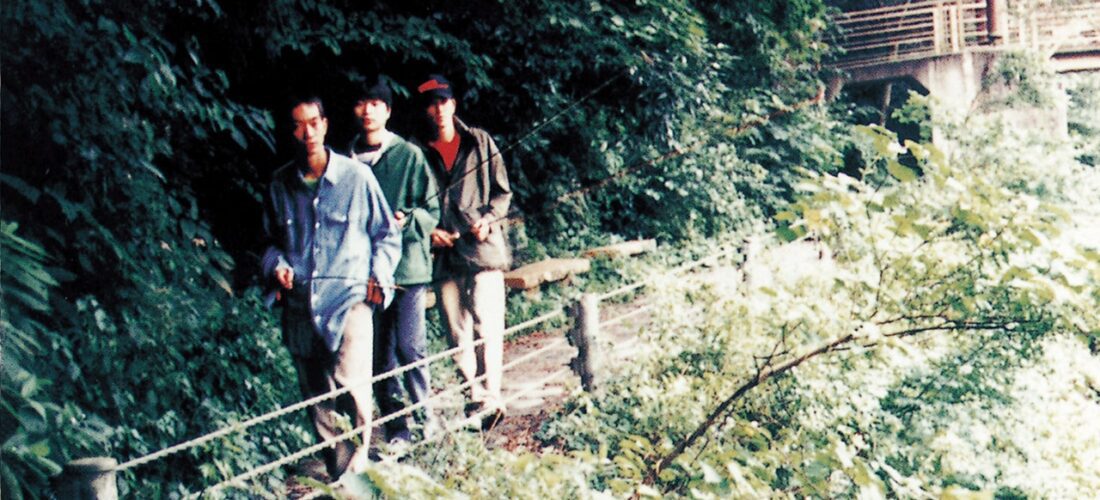The prospect of making an album with only one gargantuan song was one of those tossed-off comments that seemed like a joke. But when Shinji Sato put forth the idea, he was following a trajectory that defined his life: dream big, and see it through to completion. Long Season, the 1996 magnum opus of Japanese rock band Fishmans, was a radical proposition: take an existing track—the group’s six-minute single “Season”—and turn it into a dreamlike suite that elevates their gentle psych-pop to symphonic proportions. “When we made [Something in the Air], I hated having each song separated from the next,” Sato said of their previous full-length. “Why not just make it one song?”
No longer bound by single-digit runtimes, the band crafted a record that was massive in scope but suffused with everyday warmth. A mesmerizing piano motif and rocksteady bassline set the foundation while Sato’s bright and guileless voice floats above. He sounds friendly, like an affectionate drunk filling a room with positive energy, playfully stretching syllables and delivering them with easygoing charm. When he doesn’t sing, the rest of the instrumentation gets to breathe, expand, and sometimes go haywire. Crucially, Long Season does not sound like a jam session; each passage is a self-contained world of sound that serves the drifting, daydream logic of the overall piece.
Sato, Fishmans’ vocalist, guitarist, and charismatic leader, showed signs of the sort of ambition and tenacity needed to pull off a grand-scale project like Long Season from a young age. He was already a known presence at Meiji Gakuin University’s Song Writes Club when drummer Kin-ichi Motegi attended an event for new students. Motegi was stunned: “From the moment he started singing, [Sato] had an aura on another level.” Soon, the two started jamming together, and in 1987 they started a band, joined eventually by guitarist Kensuke Ojima, keyboardist Hakase-Sun, and bassist Yuzuru Kashiwabara.
Considering the sweeping art-pop of their greatest album, Fishmans had something of an inauspicious beginning: They were a reggae band. Japanese artists had been exploring reggae for more than a decade by the early 1990s, but their vocalists had a more professional style than Sato’s scrappy and childlike delivery. Fishmans’ debut, 1991’s Chappie, Don’t Cry, flopped commercially and critically, and a follow-up single, which doubled as the theme for a short-lived television show, didn’t fare much better. One journalist accused the band of having “no reggae soul.”
Early in his career, Sato had written down his goals, many of which involved success in the music business and his social life. He wanted money, he wanted people to hear his songs, he wanted popularity with girls. After their debut LP and early singles failed to make them stars, Sato and the rest of the band began to lose their faith in the industry. Fishmans had to make a decision: Would they focus on more TV tie-ins to help with sales, or pursue artistic freedom? They agreed on the latter. Suddenly, Sato had a new direction in life. “I don’t want to make it big,” he wrote in his journal. “Media interferes with creative activities. There’s a lot we should be doing in the Japanese music scene.”
